Human Movement Science
Human Movement Science practical applications of are vast and impactful. In sports, coaches use biomechanical principles to refine athletes' techniques and enhance performance, while healthcare professionals apply motor control theories to design tailored rehabilitation programs. Exercise physiologists contribute to public health by developing exercise interventions that address various health conditions and promote overall well-being. Technological advancements have significantly advanced the study of human movement. Motion capture systems, wearable sensors, and virtual reality enable researchers to capture and analyze movement patterns with precision. These tools not only enhance the accuracy of biomechanical assessments but also open new possibilities for personalized training and rehabilitation approaches. In conclusion, human movement science is a dynamic and evolving field with far-reaching implications for diverse sectors. By unraveling the intricacies of how the human body moves, researchers and practitioners in this field contribute to advancements in sports performance, rehabilitation strategies, healthcare interventions, and the promotion of physical activity and well-being across the lifespan.
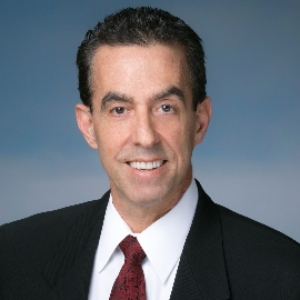
Jay Spector
American Academy of Podiatric Sports Medicine (AAPSM), United States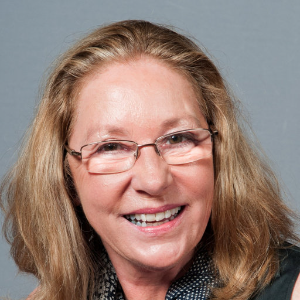
Marcia J Scherer
Institute for Matching Person and Technology, United States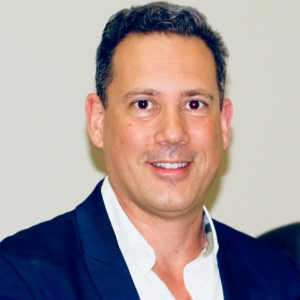
Marcos Brioschi
American Academy of Thermology, United States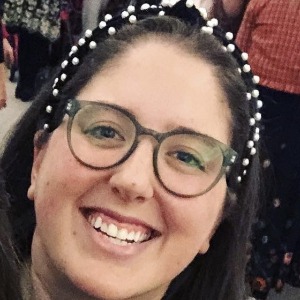
Blair Gorenberg
Shirley Ryan Abilitylab, United States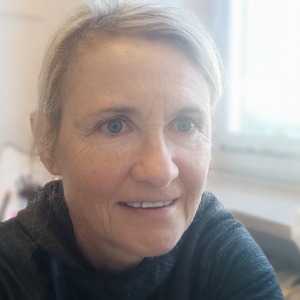
Roberta Sartori
IRCCS Materno-Infanitle Burlo Garofolo, Italy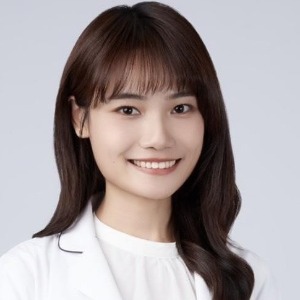
Cho Li Yin
Taichung Veterans General Hospital - VGHTC, Taiwan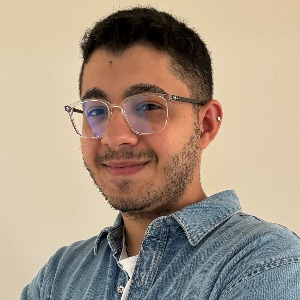




Title : Best practice guidelines for the use of pharmacological neuromodulation in disorders of diminished motivation: A comprehensive approach
Vaidya Balasubramaniam, Illawarra and Shoalhaven Local Health District Hospitals, Australia
Title : A forgotten component of knee osteoarthritis
Ron Blehm, EEI Physio LLC, United States
Title : Functional outcomes of DSSA-Based pelvic rehabilitation combined with manual therapy and electrostimulation in men after oncologic surgery: A retrospective case series
Eren Uyar, Fizyomen Physiotherapy & Rehabilitation Center, Turkey
Title : We are living and working in the age of individualization
Marcia J Scherer, Institute for Matching Person and Technology, United States
Title : Efficacy of Inspiratory Muscle Training (IMT) in post-weaning ICU recovery: A clinical randomized controlled trial
Warda Khan, Chongqing Medical University, Pakistan
Title :
Subramanya Adiga, Middlemore Hospital, New Zealand